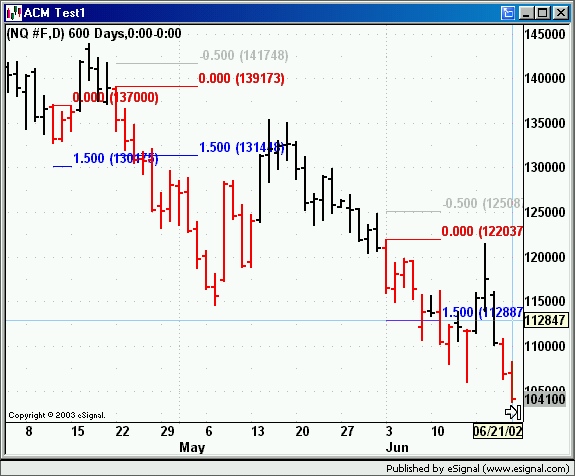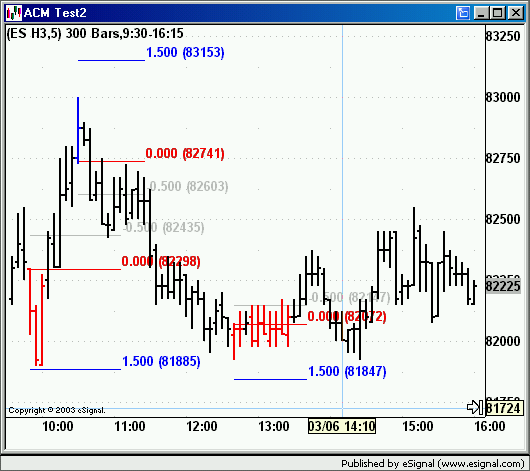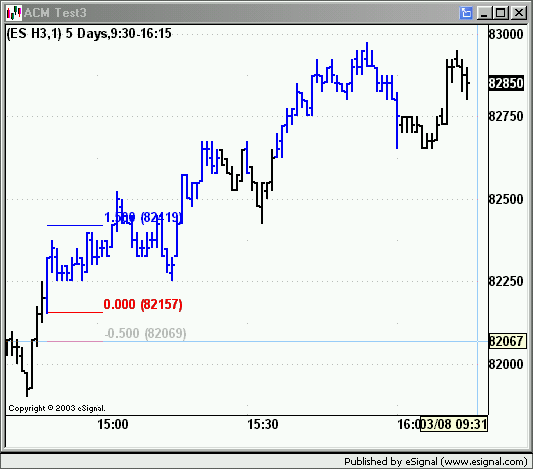The Trading Strategies paper on trading the 5th wave is very clear. Is there a paper on finding the start of wave 3 apart from an XTL continuation?
Wave 3 is the longest and potentially the most profitable so an early identification method is critical. Can AGET do this?
Wave 3 is the longest and potentially the most profitable so an early identification method is critical. Can AGET do this?




Comment